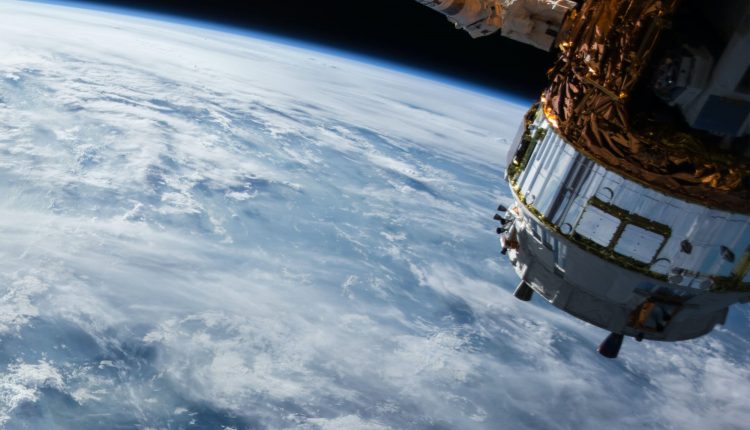Meet the antennas of Challenge Kuiper, the Amazon undertaking that can compete with Elon Musk’s Starlink
Jeff Bezos’ company unveiled the advanced devices that communicate with the satellites that are being put into orbit to provide Internet connectivity.
Grow your business, Not your inbox
Stay up to date and subscribe to our daily newsletter now!
December 17, 2020 2 min read
This article was translated from our Spanish edition using AI technologies. Errors can occur due to this process.
Elon Musk’s Starlink company isn’t the only one putting satellites into orbit to provide the Internet. Amazon unveiled the antennas that will communicate with the more than 3,000 satellites Jeff Bezos plans to launch into space to provide web connectivity.
The antennas are part of Project Kuiper, Amazon’s alternative to Musk’s project. With a diameter of only 30 centimeters, they are smaller than Starlink’s. The reduction in size enables the cost of hardware to be saved, as well as lowering the price offered to users for the service. This is a crucial point for the company, as explained on their official website.
Image: Amazon
That Amazon’s antennas are smaller doesn’t mean a lower connection speed. Bezos’ company claims to have achieved “a maximum throughput of up to 400 Mbit / s” with this antenna. Starlink offers 175 Mbit / s.
What is Amazon’s Kupier project?
Jeff Bezos plans to place 3,236 satellites in orbit at an altitude of between 590 and 630 kilometers. While they seem like a lot, they don’t compare to the 42,000 Elon Musk plans set to be released over the next several years. SpaceX’s CEO currently has around a thousand employees and estimates that 12,000 will need to be installed to ensure full operation.

Image: Amazon
The Kupier project has the same goal as Starlink: to bring internet to remote or rural areas where it is not possible to get high speed internet over cable. The project was approved by the United States Federal Communications Commission in July 2020.
The final price of the service was not disclosed by either company. Currently, Starlink’s beta testing shows a cost of $ 500 per device, including antenna, router, and other components. Musk’s company estimates users would pay around $ 100 a month for internet service.

Image: Amazon

Comments are closed.